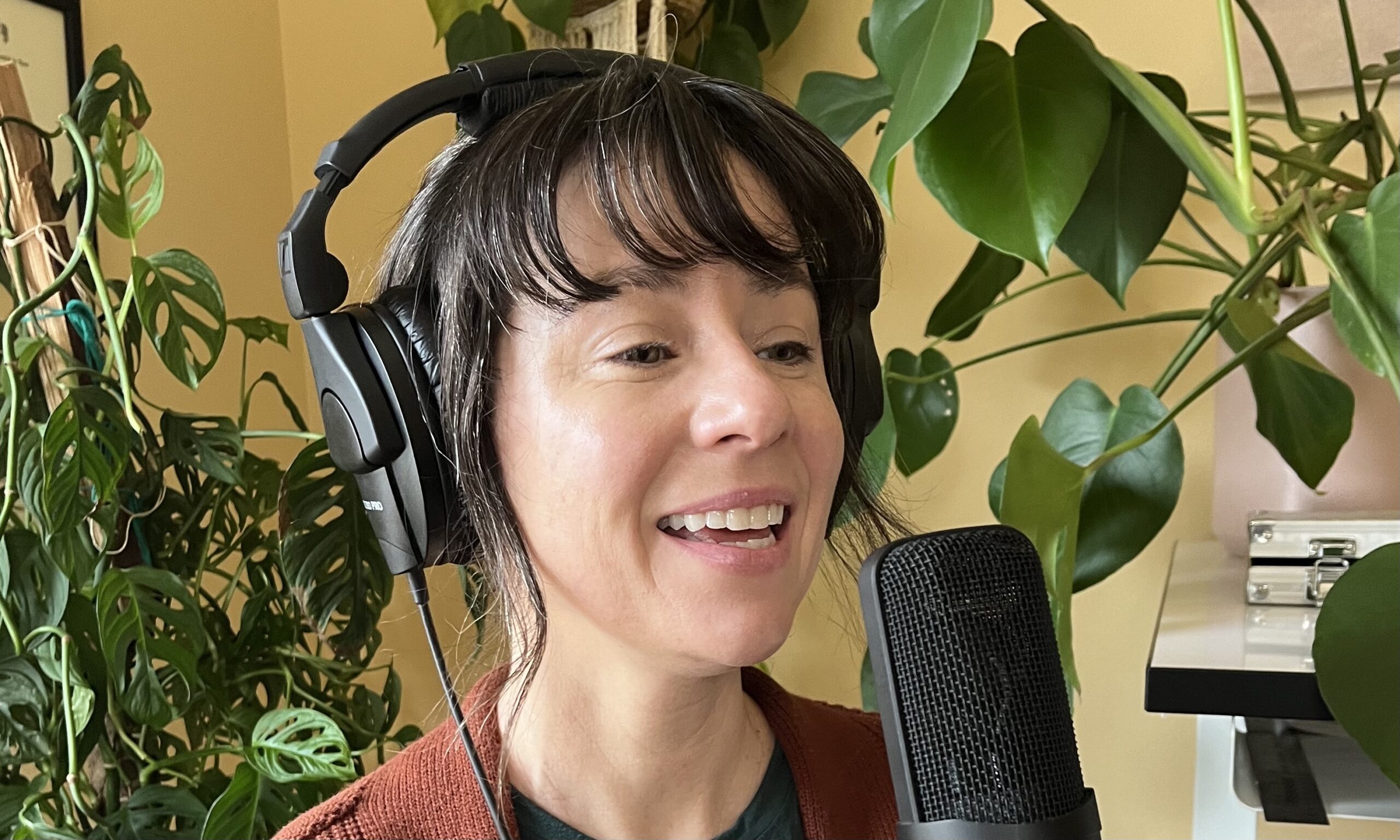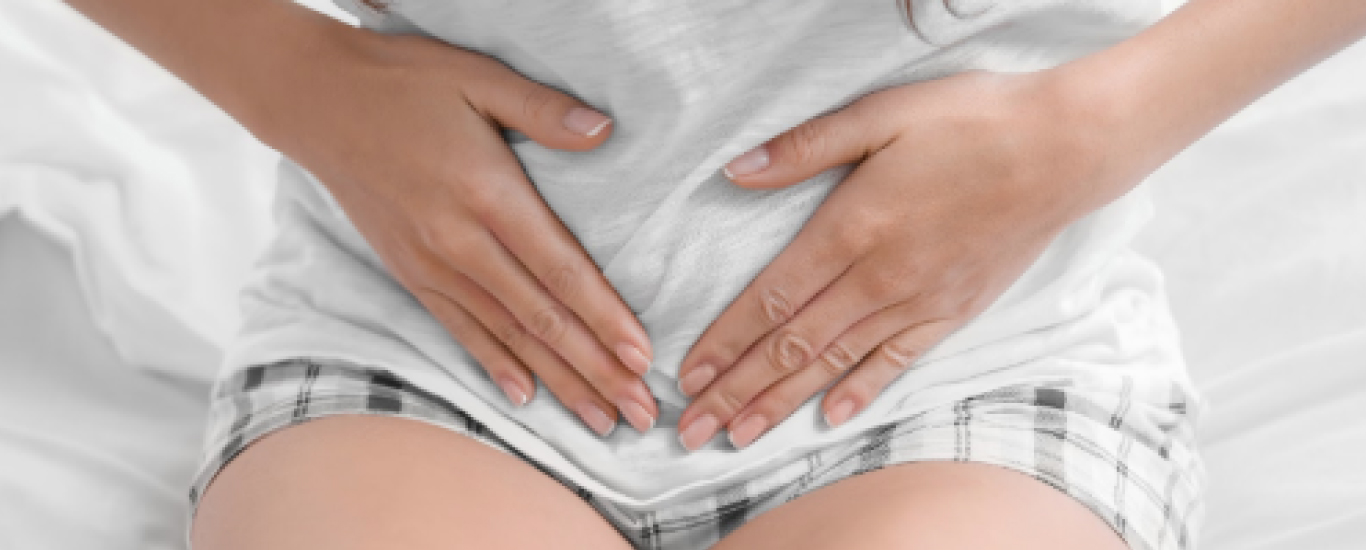Are your bones as strong as they could be? If you’re a woman over forty, it’s time to start asking yourself this important question.
Osteoporosis is when our bones become frail and brittle. It is medically characterized by low bone density (BMD) and skeletal fragility, resulting in decreased bone strength and an increased risk of fracture, most importantly of the spine and hip. The bone loss that ultimately results in osteoporosis is most rapid in women during the menopause transition and early menopause. Between 40% and 50% of postmenopausal women experience a fracture related to osteoporosis during their lifetimes. Shocking, I know.
Advancing age, thinness, genetics, certain drugs and diseases, alcohol consumption, and smoking increase your risk for osteoporosis and fractures. However, postmenopausal bone loss related to estrogen deficiency is the primary contributor to osteoporosis.
Rates of bone loss are highest during menopause, with an average annual loss of about 2% beginning 1 to 3 years before menopause and lasting 5 to 10 years. Across the menopause transition, with the associated estrogen and testosterone decline, women experience an average bone loss of 10% to 12% in the spine and hip. After this significant loss in menopause, rates of bone loss fall to about 0.5% per year. 15.4% of American women aged 50 years or older have had osteoporosis of the hip. And by the time a woman is aged 80 years, she has lost, on average, approximately 30% of her peak bone mass.
The life-changing impact of hip and spine fractures
It is important to prevent osteoporosis because the consequences are serious. Hip fractures have a devastating clinical toll, resulting in higher cost, disability, and mortality than all other osteoporotic fracture types combined. When someone suffers a hip fracture, their chances of passing away increase by 5 to 8 times in the first 3 months after the injury and there’s an extra 20% risk of dying within just one year of the fracture. Hip fracture is also associated with significant decrease in quality of life, especially in older women. Up to 25% of women require long-term care after a hip fracture, and 50% will have some long-term loss of mobility. Vertebral fractures are associated with acute and chronic pain, height loss, and deformity and adversely affected ambulation, pulmonary function, and ability to perform routine chores.
Beyond the physical toll it takes on your health, 0steoporotic the associated pain, loss of mobility, changed body image, and loss of independence can have a strong negative effect on mental and emotional health as well.
Now that you know why bone density is so important, let’s talk about how to maintain it.
How to reduce your risk of osteoporosis
Get a DEXA scan
Typically, most people rely on symptoms to alert them when their body isn’t healthy. But typically there are no symptoms of low bone density until it’s too late. This is why it’s important for women in midlife to be proactive about their bone health, because keeping your bones strong is easier than fixing them once you’ve lost bone density. Interestingly, studies have found associations for hot flashes and night sweats with lower bone mineral density, osteoporosis, and even bone fractures.
Screening and early detection of osteoporosis via a DEXA (aka DXA) scan is important. DXA is a medical imaging test that sends low-energy X-rays through the bones to measure bone mineral density. It helps in diagnosing osteoporosis and assessing the risk of fractures by determining the strength and density of bones. It’s the main clinical tool used by physicians to assess skeletal health and, luckily, it is easy and painless.
Early diagnosis of bone loss is important because of the availability of therapies that can slow or even reverse the progression of osteoporosis. It is recommended that women start getting DEXAs at around age 65, which if you read the statistics above closely, you will realize is much too late! Ideally, we would get our first DXA around 45, but right now insurance companies do not routinely cover a DXA at that time unless you have certain risk factors.
My two tips for advocating for early DEXA scans with your healthcare provider are to 1) talk to them about the statistics above that rapid bone loss happens around the time of menopause, and 2) ask them if you have any risk factors for fracture that would qualify you for an earlier DEXA.
Healthy habits, including attention to nutrition, adequate calcium and vitamin D intake, regular physical activity, strength training, and avoidance of harmful habits like smoking and drinking alcohol are highly recommended for all postmenopausal women to decrease your risk of bone loss..
My normal entry point to begin discussing these bone-healthy habits with my patients is with their first pregnancy. This is when I start talking with my patients about the importance of regular exercise, eating enough protein, and keeping their Vitamin D levels robust.
Find out the 5 best strength training exercises for women in midlife to help combat bone loss.
Supplements can also help to keep your bones healthy. They should be used when daily targets of calcium and vitamin D are not achieved from dietary sources. Studies show that there is a direct correlation between bone density improvement and healthy vitamin D status improved up to levels, increased to above 32 ng/ml. I highly recommend routine vitamin D lab testing with each pregnancy, postpartum, and once yearly throughout your lifespan.
Prevent bone loss with hormone therapy
As I mentioned earlier, and it’s worth repeating, postmenopausal bone loss related to estrogen deficiency is the primary contributor to osteoporosis. Hormone therapy (HT) is FDA approved for PREVENTION of bone loss. HT prevents bone loss and reduces fracture risk in healthy postmenopausal women. Discontinuing HT results in rapid bone loss; but perhaps not fracture risk. HT is also an excellent treatment for hot flashes and night sweats, which are linked to low bone density, and the underlying cause – low estrogen.
It’s beyond the scope of this blog, but there are multiple classes of drugs, in addition to HT, that have proven effective in reducing fracture risk in women with postmenopausal osteoporosis. These benefits are clearly greater than the effects of good nutrition, dietary supplements, and regular exercise alone.
To learn more about drugs that have been proven effective in reducing fracture risk, book a call.
Book a Call
The bottom line is that bone health isn’t something most people think about until it’s too late. That’s why I encourage you, as I do all my patients, to take control of your bone health journey sooner rather than later. If osteoporosis runs in your family, if you are a woman with small bones, or if you are in perimenopause, NOW is the time to prevent those life-changing fractures that are all too common later in life.




